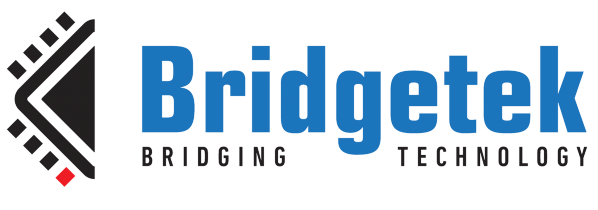1
Discussion - EVE / Screen rotation issue with BT817 on 1280x800
« on: May 01, 2024, 12:00:41 PM »
I am using a RVT101HVBNWC00-B from Riverdi which is a BT817 with a 1280x800 panel.
And to rotate the screen does not work properly, just flipping it with either REG_ROTATE set to 1 or using CMD_SETROTATE(1) causes major distortion.
When I use CMD_SETROTATE(5) it curiously works fine though, I have no use for a mirrored image though.
0 - image is fine, just for reference
1 - image is distorted
2 - image is fine
3 - image is distorted
4 - image is distorted
5 - image is fine
6 - image is fine
7 - image is distorted
And right now it does not have to display much at all, it looks like this with more empty pixels:
https://github.com/RudolphRiedel/FT800-FT813/blob/5.x/example_pics/CFAF800480E0_050SC_Arduino_Uno.jpg
Pixelclock is 72MHz with REG_PCLK_2X set to 1.
Hmm, I dropped the pixel clock to 51MHz with REG_PCLK_2X set to 0 and now the flipped image is fine.
But this dropped the frames/s as well and the pixel-clock is now well below the minimum of 66.3MHz that is listed in the datasheet.
I set REG_PCLK_2X to 1 while still using 51Mhz -> image is distorted when flipped.
I set REG_PCLK_2X to 0 while using 72MHz -> image is fine.
I set REG_PCLK_2X to 0 while using 66MHz -> image is fine.
Any more advice on this why REG_PCLK_2X = 1 with REG_ROTATE = 1 leads to a distorted image?
At 72MHz pixel-clock with 72Mhz system clock the datasheet says that REG_PCLK_2X needs to be set to 1.
And 66MHz is out of spec for the panel, although barely, it is not possible though to set PLL2 to anything between 66MHz and 72MHz.
I reduced the pixel clock to 38MHz and it still works, here at my desk.
But there is no way to tell what will happen out in the field with -20°C....+60°C.
And to rotate the screen does not work properly, just flipping it with either REG_ROTATE set to 1 or using CMD_SETROTATE(1) causes major distortion.
When I use CMD_SETROTATE(5) it curiously works fine though, I have no use for a mirrored image though.
0 - image is fine, just for reference
1 - image is distorted
2 - image is fine
3 - image is distorted
4 - image is distorted
5 - image is fine
6 - image is fine
7 - image is distorted
And right now it does not have to display much at all, it looks like this with more empty pixels:
https://github.com/RudolphRiedel/FT800-FT813/blob/5.x/example_pics/CFAF800480E0_050SC_Arduino_Uno.jpg
Pixelclock is 72MHz with REG_PCLK_2X set to 1.
Hmm, I dropped the pixel clock to 51MHz with REG_PCLK_2X set to 0 and now the flipped image is fine.
But this dropped the frames/s as well and the pixel-clock is now well below the minimum of 66.3MHz that is listed in the datasheet.
I set REG_PCLK_2X to 1 while still using 51Mhz -> image is distorted when flipped.
I set REG_PCLK_2X to 0 while using 72MHz -> image is fine.
I set REG_PCLK_2X to 0 while using 66MHz -> image is fine.
Any more advice on this why REG_PCLK_2X = 1 with REG_ROTATE = 1 leads to a distorted image?
At 72MHz pixel-clock with 72Mhz system clock the datasheet says that REG_PCLK_2X needs to be set to 1.
And 66MHz is out of spec for the panel, although barely, it is not possible though to set PLL2 to anything between 66MHz and 72MHz.
I reduced the pixel clock to 38MHz and it still works, here at my desk.
But there is no way to tell what will happen out in the field with -20°C....+60°C.



